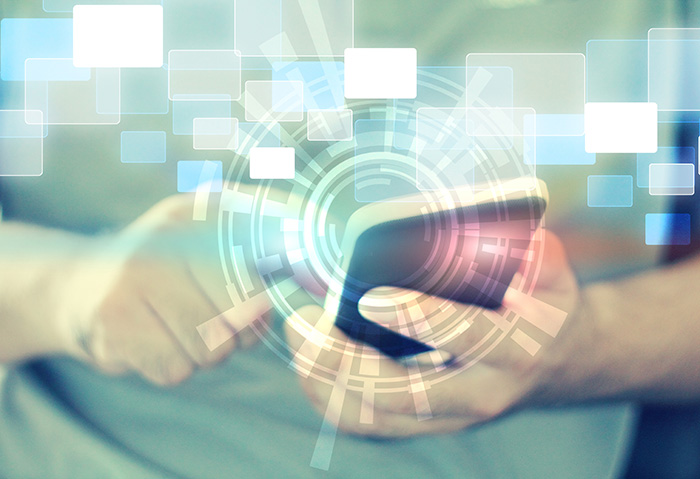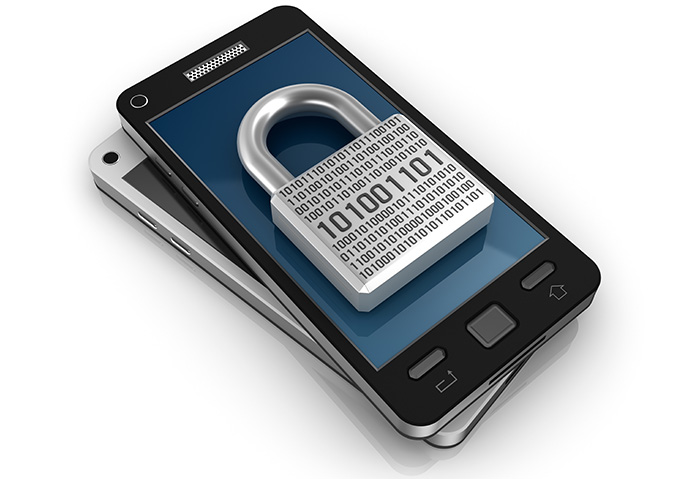Dude, Where’s My Phone? How to Deal With a Lost or Stolen Mobile Device
 Your mobile device is a little bit of everything. Besides working as primary means of electronic communication, it's also your wallet, your diary, directory, camera and photo album, work tool, bank account, and even your entertainment console. With all your personal data in it, losing your device could be downright panic-inducing. When you’re set back so far that you’re rendered helpless, it can be difficult to go about your normal routine. The loss of personal files is bad enough, but if you also use your mobile device for work, there’s also the risk of endangering company data that you may have stored in your device.
Your mobile device is a little bit of everything. Besides working as primary means of electronic communication, it's also your wallet, your diary, directory, camera and photo album, work tool, bank account, and even your entertainment console. With all your personal data in it, losing your device could be downright panic-inducing. When you’re set back so far that you’re rendered helpless, it can be difficult to go about your normal routine. The loss of personal files is bad enough, but if you also use your mobile device for work, there’s also the risk of endangering company data that you may have stored in your device.
Because apps can synch, store, and save data in real time, it becomes even more critical to recover your device and data. In the end, if you can't reclaim your device, you must, at the very least, make sure that your data—including the data stored in the phone as well as the cloud data and online accounts that you allowed your device to access—is secure. In today's world, where apps and accounts can be accessed using a smartphone, losing your device is almost like having your email hacked. And when that happens, you don't just have to deal with device theft; you might be risking identity theft as well.
[More: Identity theft and the value of your personal data]
Unless you regularly sync and back up the data stored in your phone or tablet, you lose it when you lose your device. Just like any other disaster, the best way to prepare for—and deal with—a data disaster is to make sure that you cover all your bases by focusing on recovery and response efforts, as well as damage control. Here's what you can do:
- Set it up for tracking, locking, and wiping – many anti-theft apps have been improved/modified over time. Most of them include a way to remotely turn on the LED flash, play an alert sound, and enable the gyroscope sensors, history maps, and remote wipe features.
- For Android – first off, try to track your device with the Android Device Manager. This app helps you to locate your device, reset your device PIN code, and erase all data on the phone.
- For iPhone – the Find My iPhone app can help you locate your phone and track it online or by using another device. You can also lock your device remotely to prevent anyone from using your device, as well as wipe your data and restore it to factory defaults.
- Change your passwords – If you can't recover the device or have the means to track it, lock it, or wipe it remotely, you can at least make sure that your data is secure by changing your passwords right away. List down the apps and online accounts that you allowed your device to access and reset your passwords for all of them to prevent anyone from getting into your accounts through your lost device. This also protects your contacts from possible scams done using your credentials. Remember to use unique and complex passwords, and something that is completely different from your previous ones.
- Inform your service provider – call your service provider immediately to allow them to block calls and transactions being made using your line. This could also apply for your financial accounts, such as your online banking, credit card, and payment platforms.
- File a report – while recovering your device on your own might work, it’s important to document the theft that occurred. Your local authorities could assist you in obtaining a reference number for your insurance (if you’re covered) to help you claim on your loss. Additionally, the police can help expedite the tracking process.
[READ: Take the Quiz: How Would You Fare in an Actual Data Disaster?]
Protection and Prevention for your Device and Data
 If you haven't lost a device yet, then you're one of the lucky few. A 2014 survey projected that about 3.1 million Americans were victims of smart phone theft in 2013 alone, while 1.4 million phones were lost (and never recovered) during that same period. Surprisingly, the survey also revealed that only 36% of the respondents enabled the screen lock feature (a very basic security mechanism), only 29% backed up their data, and only 22% installed tracking software, and 14% installed security software. 34% of the respondents didn’t use any of these security measures.
If you haven't lost a device yet, then you're one of the lucky few. A 2014 survey projected that about 3.1 million Americans were victims of smart phone theft in 2013 alone, while 1.4 million phones were lost (and never recovered) during that same period. Surprisingly, the survey also revealed that only 36% of the respondents enabled the screen lock feature (a very basic security mechanism), only 29% backed up their data, and only 22% installed tracking software, and 14% installed security software. 34% of the respondents didn’t use any of these security measures.
If you haven't experienced losing a mobile phone yet, it doesn’t mean that it's never going to happen. Before it does, here's what you can do to lessen the damage:
Do what most of the people in the survey didn't.
Start by enabling the screen lock feature to prevent anyone from accessing your mobile's contents. Back up your data to make sure that when you lose your phone, it's the only thing you lose. Install tracking software so you have a chance to get it back. Finally, double down on your defenses against data theft by installing mobile security software to make sure no one gets into your property.
Like it? Add this infographic to your site:
1. Click on the box below. 2. Press Ctrl+A to select all. 3. Press Ctrl+C to copy. 4. Paste the code into your page (Ctrl+V).
Image will appear the same size as you see above.
 Cellular IoT Vulnerabilities: Another Door to Cellular Networks
Cellular IoT Vulnerabilities: Another Door to Cellular Networks AI in the Crosshairs: Understanding and Detecting Attacks on AWS AI Services with Trend Vision One™
AI in the Crosshairs: Understanding and Detecting Attacks on AWS AI Services with Trend Vision One™ Trend 2025 Cyber Risk Report
Trend 2025 Cyber Risk Report CES 2025: A Comprehensive Look at AI Digital Assistants and Their Security Risks
CES 2025: A Comprehensive Look at AI Digital Assistants and Their Security Risks